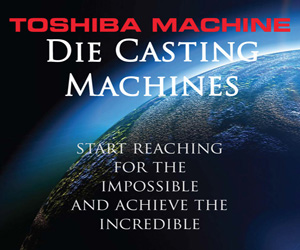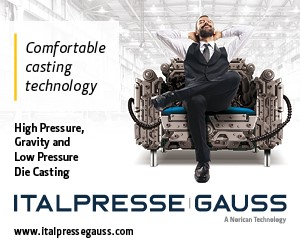Additive manufacturing (AM), more commonly known as 3D printing, is a process that transforms digital files and drawings into three dimensional structures. This manufacturing method is considered “additive” because it functions by adding successive layers of material to create the desired object.
Using 3D modeling programs such as AutoCAD or Inventor, computers can read virtual designs to create totally new objects. To create copies of objects that already exist, 3D scanners can scan the object to generate digitalized models for printing.
Die Casting vs 3D Printed Metals
Compared to die casting, 3D printing is a much newer technology, only becoming commercially viable around the mid-1980s. Die casting, on the other hand, is an established manufacturing process, with roots dating back to the early 19th century and the creation of typesetter print blocks.
Additive manufacturing gives engineers great design flexibility by allowing them to create or upload almost any drawing imaginable to print it into a 3D model. Die casting is not without similar capabilities, however. Presently, die casting encompasses many variant processes including squeeze casting and semi-solid metal casting, which enable manufacturers to create a seemingly infinite number of designs to suit a variety of industries.
When it comes to design capabilities, 3D printing and die casting are somewhat specialized. If a part requires intricate internal cuts or features, produced in low volumes, additive manufacturing may be the right choice. This method also enables free-form designs that may be difficult to create through traditional machining processes.
However, for high-speed, large scale production, metal die casting is unparalleled, and is capable of producing increasingly complex parts with high repeatability and accuracy. It offers multiple finishing techniques, achieves tight tolerances, and produces stronger, more durable parts.
Learn More
To achieve the best possible part for your application, it is critical to understand the different manufacturing processes available to you, as well as their defining characteristics. Die casting and AM share many similarities, but they have many differences, both in terms of production process and benefits, as well.
To learn more about die casting and whether it is the best production process for your part, contact NADCA today.








